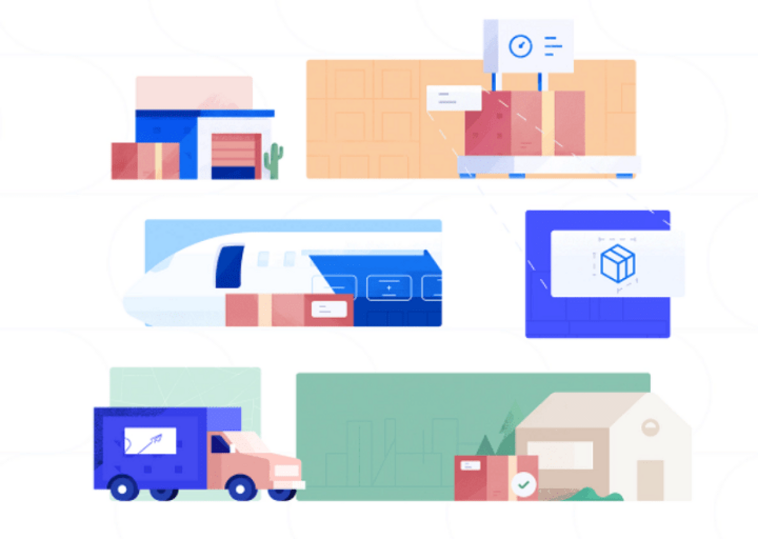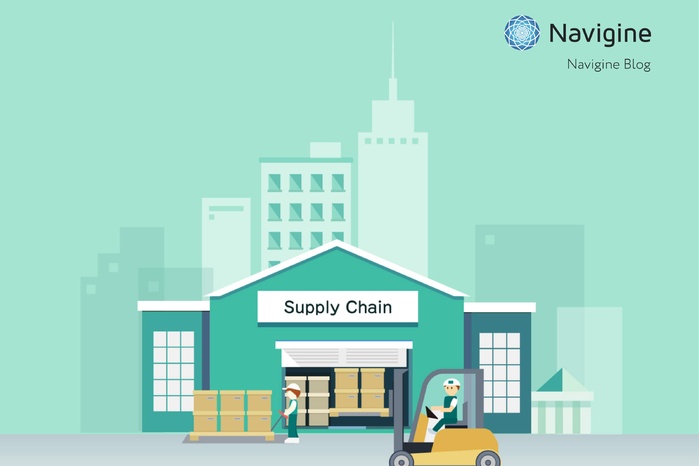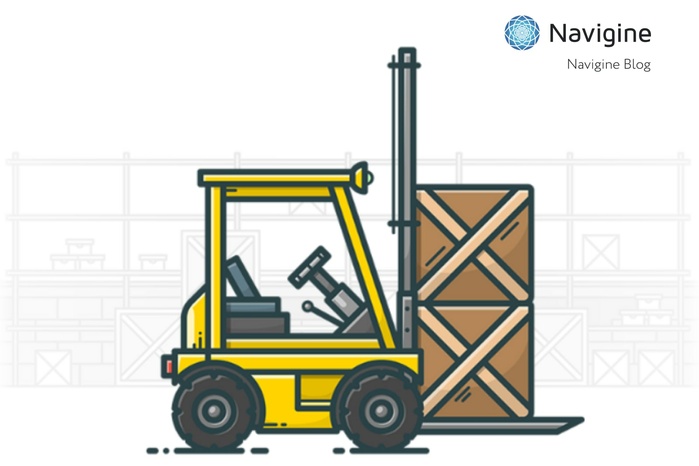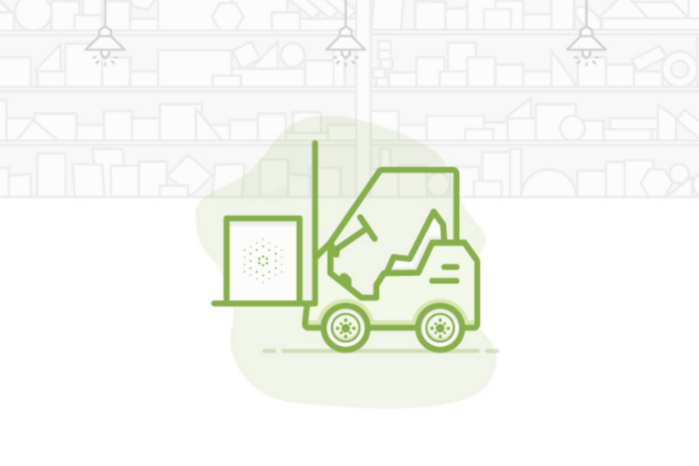img Source - Udhaya Chandran for Timeless
The Internet of Things (IoT) significantly affects logistics and warehousing. As of 2019, the IoT market was assessed at $34,504.8 million. According to expert forecasts, the Internet of Things market will go on to expand more in the future: until 2030, its average annual growth rate is projected to be 13.2%, and the total volume will amount to $100,984.5 million.
Smart systems, functioning alongside with sensors and remote devices, allow businesses to considerably improve and automate business processes. To be successful, logistics have to monitor several activities at a time (warehousing, supply chain management, etc.) since only their complex use can ensure the efficient company’s performance.
Many managers apply various tools of IoT in logistics. The integration of IoT into existing infrastructure allows for reducing delivery costs, minimizing emergencies, simplifying the process of goods monitoring at warehouses, etc. If you are seeking effective IoT-based solutions, Navigine is ready to provide modern tools for tracking and navigation inside warehouses and logistics centers using IoT equipment (sensors, tags, beacons).
What is IoT?
The Internet of Things is based on a great number of various devices capable of operating and interacting with each other via the Internet. Nowadays, the concept is widely used practically in all spheres of our life. According to the statistics, the number of connected devices has already exceeded the population of the Earth and their application increases comfort and helps take productive business decisions.
The Internet of Things in logistics includes many various devices – “smart” sockets, energy meters, beacons for asset tracking, etc. Indoor navigation and positioning also belong to IoT elements and can be effectively implemented for object location tracking. While using the logistics tracking solution, companies can save on equipment maintenance, collect data on the state of vehicles.
Operations in the field of logistics are often associated with the risks of theft, wasting funds, and spoilage of products due to improper storage or weather conditions. Using IoT logistics solutions helps avoid these issues and provides many benefits, such as:
- controlling the inventory and identifying objects in real time;
- ensuring the safety of products and places of their storage;
- simplifying warehouse management processes;
- receiving instant notifications about any problems or emergencies.
When using IoT logistics solutions, managers can plan and distribute inventory more successfully. The system allows you to instantly find any products you need, minimize human errors, and save time spent on searching for certain assets.
Problems of logistics centers that can be solved by IoT
IoT devices can gather and transfer data to the server and then provide this information to users in the most convenient form for them. The systems ensure high accuracy of indoor positioning in real-time, create optimal routes for navigation, and allow tracking vehicles inside and outside buildings.
Tracking objects inside buildings
The tracking systems and IoT equipment allow businesses to monitor objects inside buildings and get a complete overview of the performed logistics operations. The vehicle tracking system in logistics helps solve a wide range of tasks:
- Obtain advanced analytics. The Internet of Things ensures a coherent approach to logistics process management. It allows monitoring warehouse stocks, defining the conditions of storing goods (temperature regime, humidity levels, etc.), and evaluating performance and staff and equipment availability.
- Increase the safety of people. Object tracking sensors can make the performance of logistics centers safer for the staff. They can ensure social distancing in the context of the COVID-19 pandemic, track the physical state of the employees, and protect them from aggressive substances. The system helps warn drivers of safety measures, assess risks, and detect problems with staff management.
- Monitor stocks. The given navigation systems make it possible to easily monitor the stock of goods at warehouses and distribute the budget more rationally. Managers are always aware of the necessity to replenish stocks and can efficiently decrease the costs of purchasing goods.
Monitoring equipment inside buildings
Tracking systems enable the location of any object within a warehouse or logistics center. This approach provides managers with better control over vehicles and allows them to optimize their search, reducing the time it takes to find them. The tracking systems ensure the enhanced safety of people and assets. Clear routing inside buildings helps prevent collisions and avoid possible losses of goods connected with accidents.
Implementing an IoT-based tracking system can have a number of advantages, mainly:
- Increase high accuracy of asset tracking;
- Eliminate time losses caused by irrational traffic;
- Automate vehicle movement control;
- Increase car and special vehicle management efficiency;
- Ensure clear execution of obligations towards clients.
Improved security and theft detection
The Internet of Things in logistics enables more efficient asset management. With these solutions, you can track who enters the warehouse, and what goods are taken out or placed in storage. The system allows for quickly detecting theft and preventing it even before the products are taken outside the territory.
Using Navigine systems and IoT equipment (beacons) in logistics centers and warehouses
To understand how to perform tracking, it’s necessary to figure out the mechanism of such systems. Indoor navigation and tracking platforms are based on iBeacon, UWB, or Wi-Fi technologies. Special beacons or tags, mounted around the building or on moving objects, are used for integrating such technologies into the infrastructure. The readers receive the signals from the sensors and send them to the server where the information is processed and transmitted to a computer or smartphone.
The Navigine navigation and tracking platforms allow both tracking objects and getting numerous significant benefits:
- Increasing the safety of the staff thanks to timely detection of equipment problems;
- Preventing car accidents or hitting people;
- Minimizing vehicle thefts and possibilities of unauthorized departures from the territory;
- Quick response to emergencies;
- Increasing quality of customer service;
- Obtaining detailed information for more effective logistics process optimization.
The implementation of navigation and tracking systems provides companies with a powerful business tool for ensuring the effective work of logistics centers.




